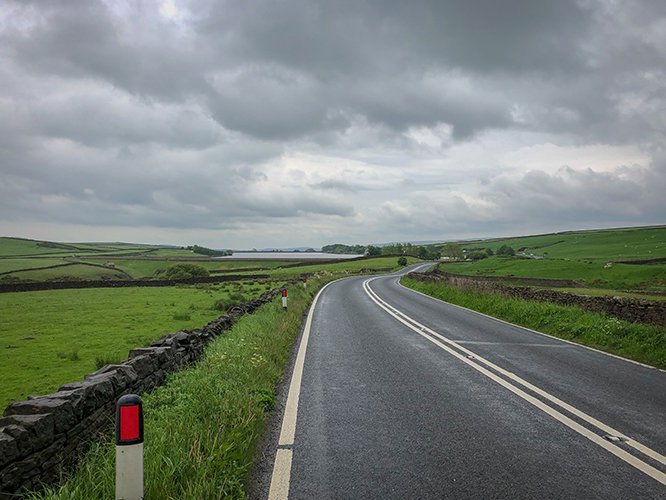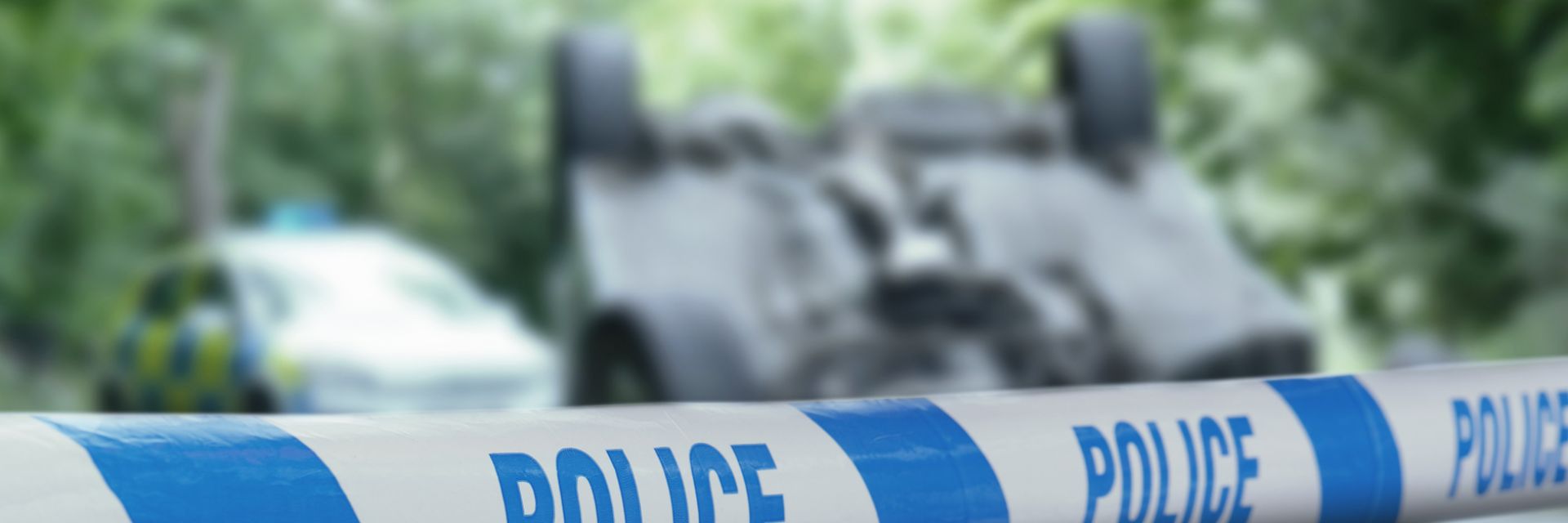
Collision Investigation is a forensic discipline, routed in physics, mathematics and engineering – therefore a number of the tools used in Forensic Collision Investigation encompass both conventional forensic tools and also those commonly associated with engineering.
With measurements of an incident scene often forming a critical part of any forensic analysis, using state of the art technology we can create a 3D coloured environment containing several million measurements of the collision locus.
This allows for a virtual scene to be created and for measurements to be taken from the locus to a millimetre accuracy, and virtually any measurement to be taken from the locus with ease at any given time within the virtual environment.
We are equipped to handle and ‘register’ the original Police exhibit or to attend the locus to perform these laser scans ourselves.
These are invaluable in any CCTV analysis, or in cases where a 3D simulation is performed.
Learn more about 3D Laser Scanning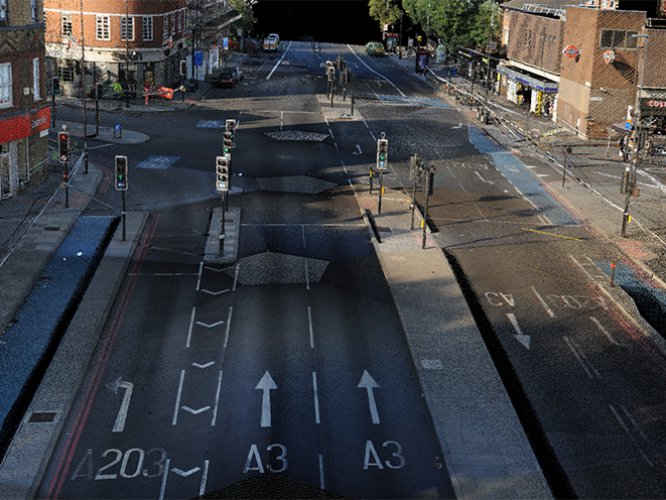
In either a 2D environment utilising a scale plan/technical drawing, or within the 3D laser scanned environment scaled and technically accurate, vehicles can be driven through a collision locus and collided.
It is important to note that this is not simply an animation but is instead a simulation where the vehicles will obey the laws of physics and the technical constraints of the vehicle. This means that vehicle simulations will respond to changes in the road surface, and will respond and rotate within a collision phase according to their centre of masses etc.
Thousands of calculations are then performed, until parameters are found that best match the evidence found at the collision scene.It is also extremely useful when wishing to consider the view a driver may have had from the driver’s seat or wishing to produce a 3D representation of individual factors of the collision.
When routed in the science 3D simulations from a Forensic Collision Investigation can be very compelling.
Learn more about 3D Simulation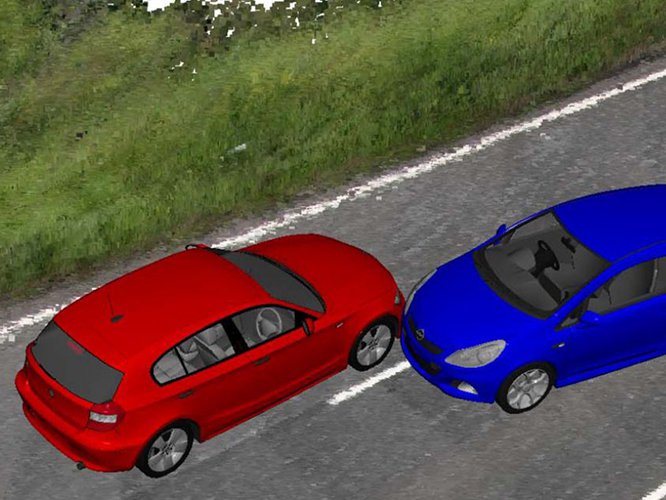
The science behind CCTV is routed in photogrammetry – the scientific technique of taking measurements from photographs is at the heart of any CCTV analysis. The ability to accurately place objects within CCTV footage is a key step in calculating vehicle speed.
Being able to orientate vehicles is also of great use when considering sightlines, particularly in collisions where a large goods vehicle has collided with a vulnerable road user.
It is also important to establish the time interval between each of the individual still images that make up a moving CCTV video. This can be established down to an accuracy of a hundredth or even a thousandth of a second. This can be done in a number of ways, from examining the metadata (the digital fingerprint of an image) or by deploying a Home Office approved timing board and conducting a frame-by-frame forensic analysis to obtain a timing profile for the footage.
Learn more about CCTV Analysis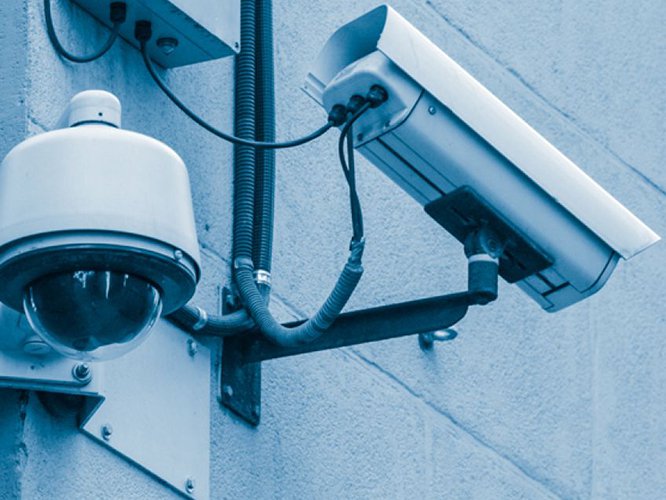
Whilst scale drawings are an important tool for presenting findings, they are also an essential tool for taking forensic measurements from a collision locus and also orienting vehicles at impact and establishing their post impact paths.
Technical drawings allow for angles, rotations and arc distances to be accurately measured, allowing for detailed mathematics to be performed in a forensic collision investigation.
Learn more about Technical Drawings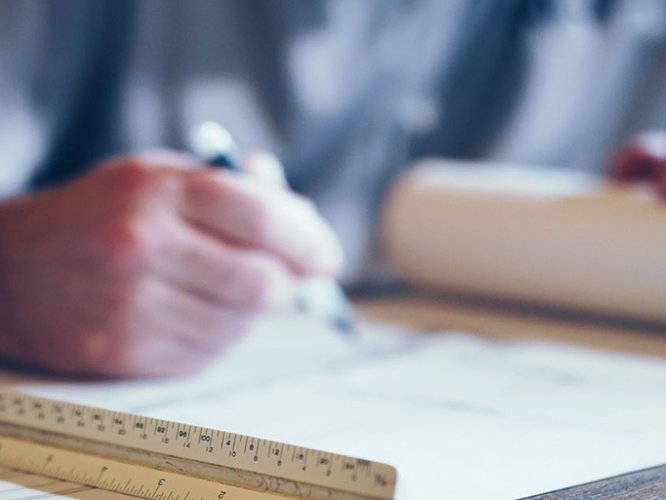
With modern vehicles containing vast amounts of digital data, cutting edge vehicle examinations are now not exclusively limited to assessing the mechanical condition of a vehicle or the damage profile, but also analysing the digital data contained within the vehicle itself.
Airbag Control Modules (ACM), the computer that monitors a vehicle and detects a crash, can be interrogated using specialist equipment. Following an airbag deployment data can be obtained from the ACM for a period of up to 5 seconds prior to impact. These records contain a vast amount of data, including vehicle speed, seatbelt usage and collision magnitude amongst others.
Through the impact phase itself, accelerometer data can be stored with sufficient fidelity, not only to establish the speed of the host vehicle for the data, but also to calculate the speed of the vehicle that it has been in collision with.
Learn more about CDR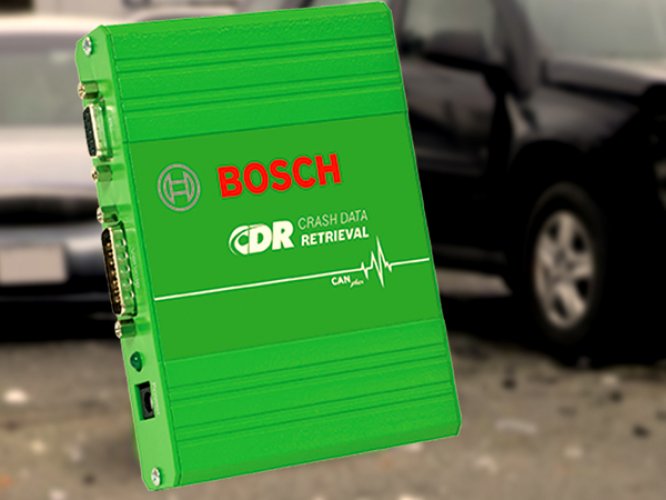
When dealing with vehicle collisions, considering how a driver reacted is often a key element. This is typically related to the view that parties had of each other. Whilst it is not possible to exactly replicate the circumstances of the collision, videos taken at the location capturing moving vehicles and indicative views from each of the driver’s seat can be a good way of bringing the locus to the Courtroom and provide all interested parties with an understanding of the challenges faced by the drivers, riders or pedestrians at the locus.
Photographs are also of great use for capturing the physical evidence, such as viewpoints on marks left on vehicles.
Learn more about Video Cameras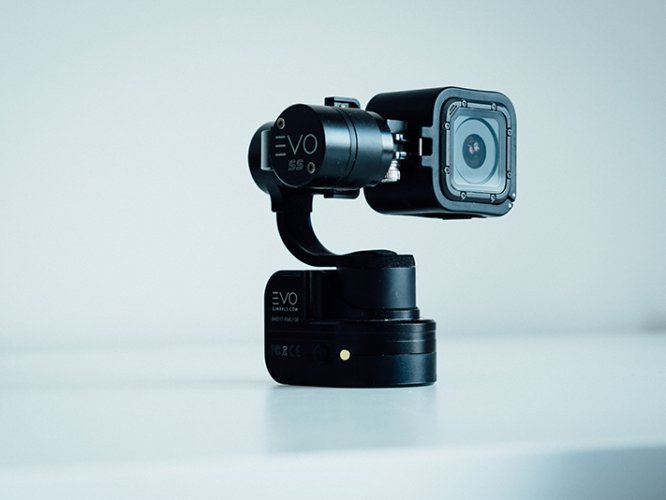
When determining the collision circumstances vehicle components often need to be analysed in detail. For example, to establish whether a lightbulb was illuminated at the time of a collision, or to established the cause of a component failure, the examination of the component with the human eye can sometimes be insufficient to conclusively identify these key elements.
Microscopes are useful when obtaining a view of about 10 to 50x the resolution of the human eye. However, there are occasions when this is also not a sufficiently powerful magnification. When required, Scanning Electron Microscopes (SEM) can be used to obtain a view 10,000x the view possible with the human eye. For example, such a magnification would allow for an analysis of the fracture face of a headlight filament.
Learn more about Microscopes/SEM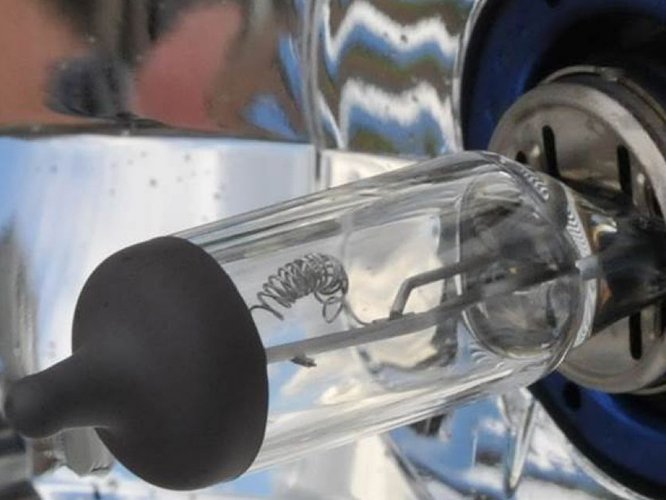
Kinematics are at the very heart of any vehicle collision, and therefore calculations are essential to establishing the circumstances of the collision.
It is often the case that there are a number of variables which need to be ranged. Calculations are performed numerous times to establish the tolerances involved in any collision and therefore the reliability and likelihood of any event is thoroughly and robustly tested.
Calculations are not only key to establishing what happened in a collision but also to establish under what conditions a collision would have been avoided.
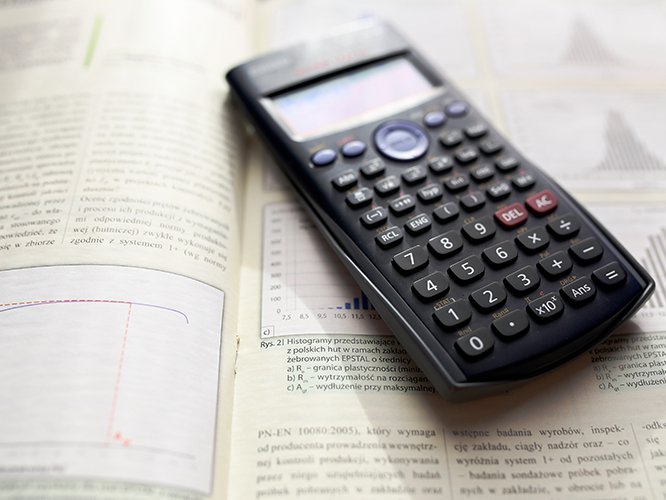
Locus visits are often an overlooked element of any collision investigation. Visiting the locus of a collision is nearly always of benefit to a Collision Investigator. Not simply to allow for measurements, photographs and videos to be taken, but also to establish any obstructions to vision, or to establish ‘typical’ road user behaviour in the locus and also to identify any potential issues with the environment.
For example, if an analysis had established that the speed of the vehicle involved in the collision was 38mph in a 40mph speed limit that may not, on face value, appear to be an issue. However, if upon attending the collision locus it is established that ‘typical’ driving behaviour through the area was at a speed of about 25mph then it is quite conceivable that this will have a material bearing on the outcome of the case.
